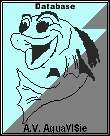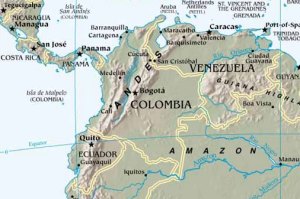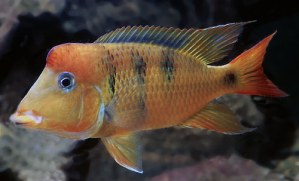 |
Geophagus pellegrini |
 |
||||||||||||||||||||||
|
|
|
|
||||||||||||||||||||||
| Explanation of the symbols | ||||||||||||||||||||||||
|
|
|
|||||||||||||||||||||||
|
||||||||||||||||||||||||
|
This species digs in the substrate very much, so if you use
plants for decoration it is wise to use hard plants and
anchor them very well. The substrate should be thick
and sandy. The aquarium should be set up with stones
and driftwood. Some flat stones for spawning are
appreciated. A territory is made. You should
keep one male together with several females.
For the most part you should give them live food. Frozen and dry food are accepted as well. Breeding is not easy. Up to 60 eggs are laid and fertilized on a flat stone. Immediately after that the female takes the eggs in her mouth. At a temperature of 28°C (82°F) the young fishes leave the moth of the mother after 12 days. You can raise them with baby brine shrimp. |
||||||||||||||||||||||||
|
|
||||||||||||||||||||||||
|
Bluegrass Aquatics |
||||||||||||||||||||||||
 |
||||||||||||||||||||||||
|
|
||||||||||||||||||||||||
